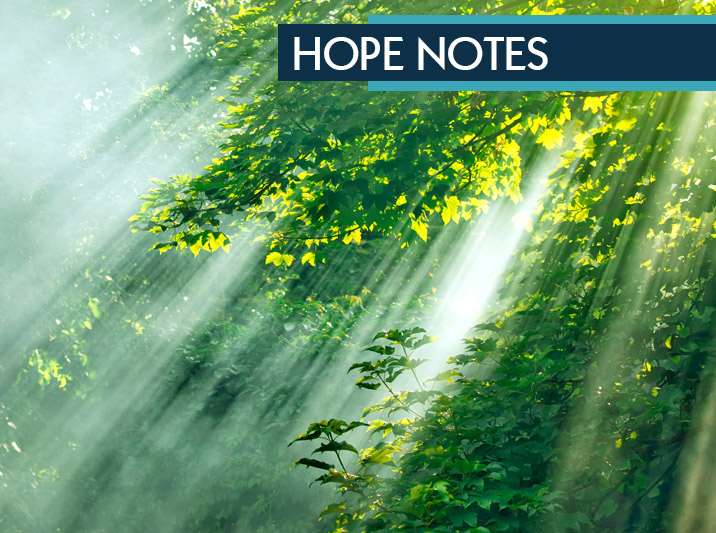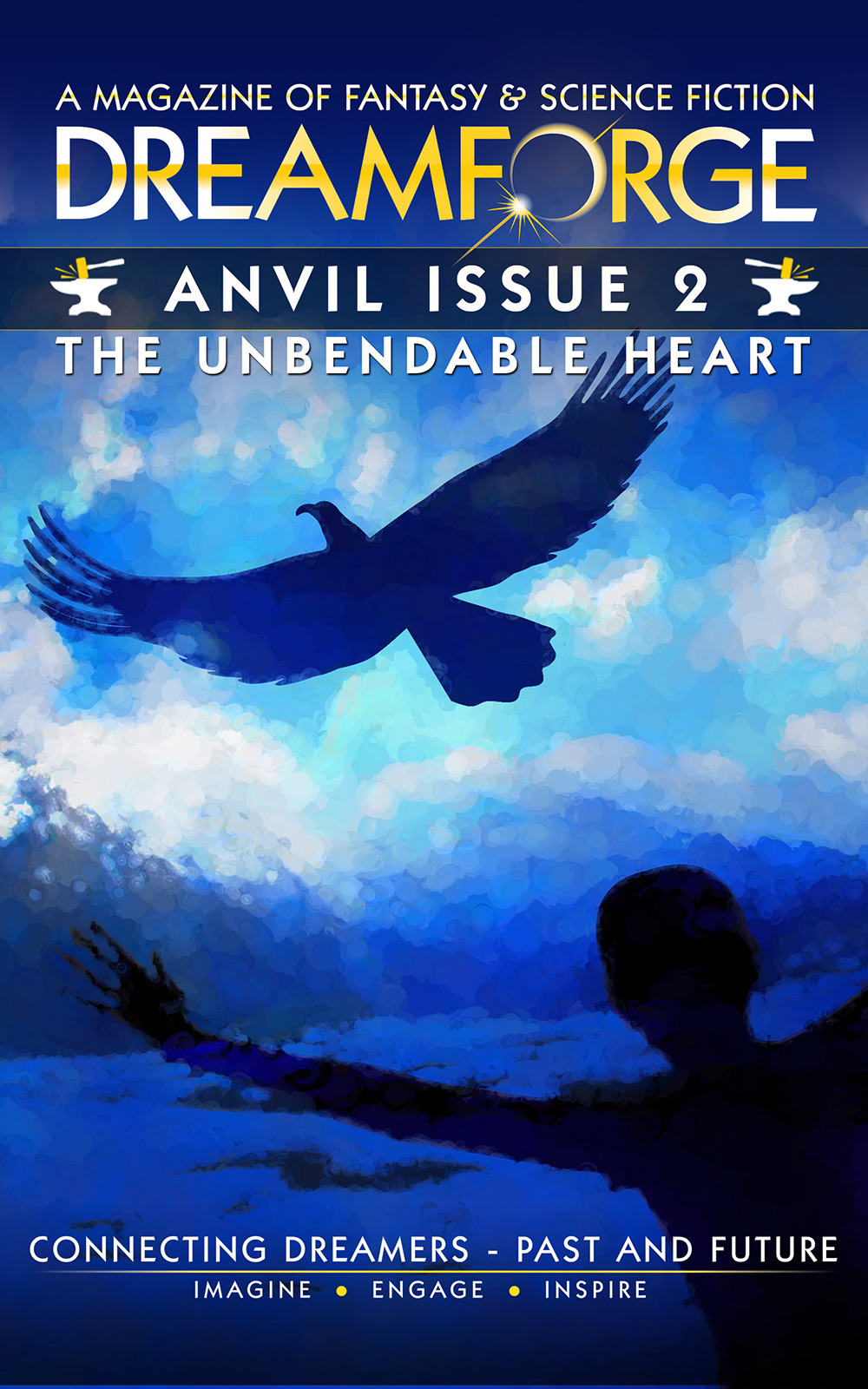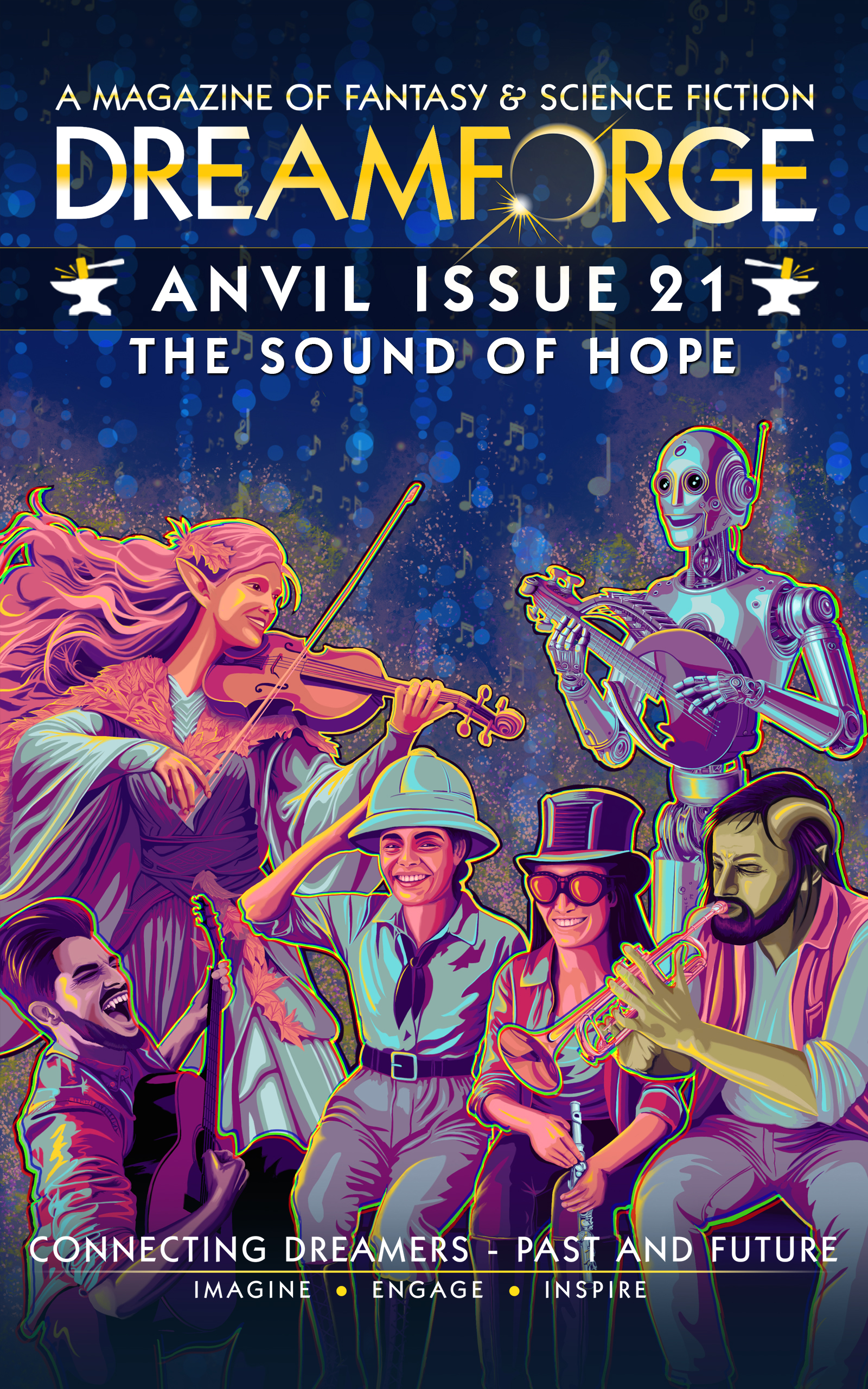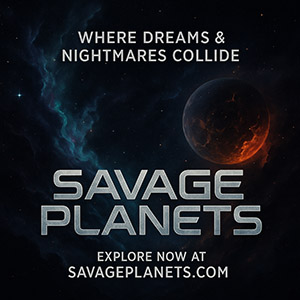
It Takes a Modern Society to Save a World
Conservation success stories in the last few years include these: humpback whale numbers in the South Atlantic have rebounded to over 25,000 (from a critically low population of 450), mountain gorillas, once expected to become extinct by the end of the 20th century, continue to increase in number, more than doubling their small population in the last 10 years, and the Ocean Cleanup Project is moving towards the goal of a plastic-free ocean by 2050.
Even the Corona virus has done its part to save the pangolin, now seen in China as both a protected species and a possible host for COVID-19. Hands off all around.
Read more at Six Conservation Success Stories of 2019 and Eight Conservation Success Stories of 2020.
Humans Have Always (Almost) Been a Driver of Extinction
You might think that saving endangered species and restoring the global environment might not be necessary if modern humans weren’t greedy, industrialized, mega-consumers, but you would be, at best, only partly right.
Humans have been a driving force of extinction for other species for at least 100,000 years. It’s what we do best, surviving, traveling to every corner of the globe, eating everything we find along the way. I think the only time we’ve been in balance with nature was when it could kill us as readily as we could kill it.
Modern times have simply made us more efficient in our exploitation and oppression of nature, but our behavior has always been…well, human.
Honestly, by the end of the Paleolithic era, we were probably on a course to the mass extinction of other species whether or not we ever burned coal or invented capitalism. We didn’t even need a big population. Ask the whales how much damage a few guys with spears on little wooden boats can do. Or check in with the mammoths, the aurochs, the dodos, and the glyptodons. Have you ever even heard of a glyptodon? (An ancient armadillo the size of a car, native to the Americas. People may have used their shells for ad hoc shelters. They probably made a good stew.)
What’s the first species humans drove to extinction? Check out the article at Live Science.
Leaving the Ancient Ways Behind
Of course, with greater power and technical ability comes greater awareness.
While humans have been the greatest threat to biodiversity and non-human species for a long, long time, it’s only in today’s modern world where our knowledge, organization, and capability have reached levels where any of us can do anything about it.
Perhaps only in recent human history have any humans striven to preserve the environment, recognize the threat of extinction, and taken action to save non-human species from annihilation.
Today, we live in a world of data, communications, scientific monitoring, and international cooperation, all at scales never before known in history. We’ve seen that people can be moved to make changes, have empathy for the natural world, and take responsibility for the stewardship of the planet.
There is evidence that globally, forests are on the rise, even offsetting forest losses over past decades. Researchers from the University of Maryland, the State University of New York, and NASA’s Goddard Space Flight Center used satellite data to track forest growth in their 2018 Study.
Kenya’s elephant population has more than doubled since 1989 to over 34,000 by 2019, with increasing birth rates.
Several species believed to be extinct were “rediscovered” in 2020. These include the New Guinea singing dog, the devil-eyed frog, and the satyr butterfly. In northwestern Madagascar, a chameleon not seen in more than 100 years was found in a hotel garden.
Not Out of the Woods
No, everything is not going to be better if we just trust to the future. Every success story is about a dedication to knowledge and understanding, to growing scientific and community awareness, and to encouraging national action and international cooperation. It’s also important to note that things like deforestation, poaching, and desertification are often caused or exacerbated by poverty and that rising living standards can actually make the world a better place.
After 100,000 years of unchecked human expansion and environmental exploitation, however, you may be forgiven for considering a few recent successes as “too little, too late.”
On the other hand, at least now there’s hope.












